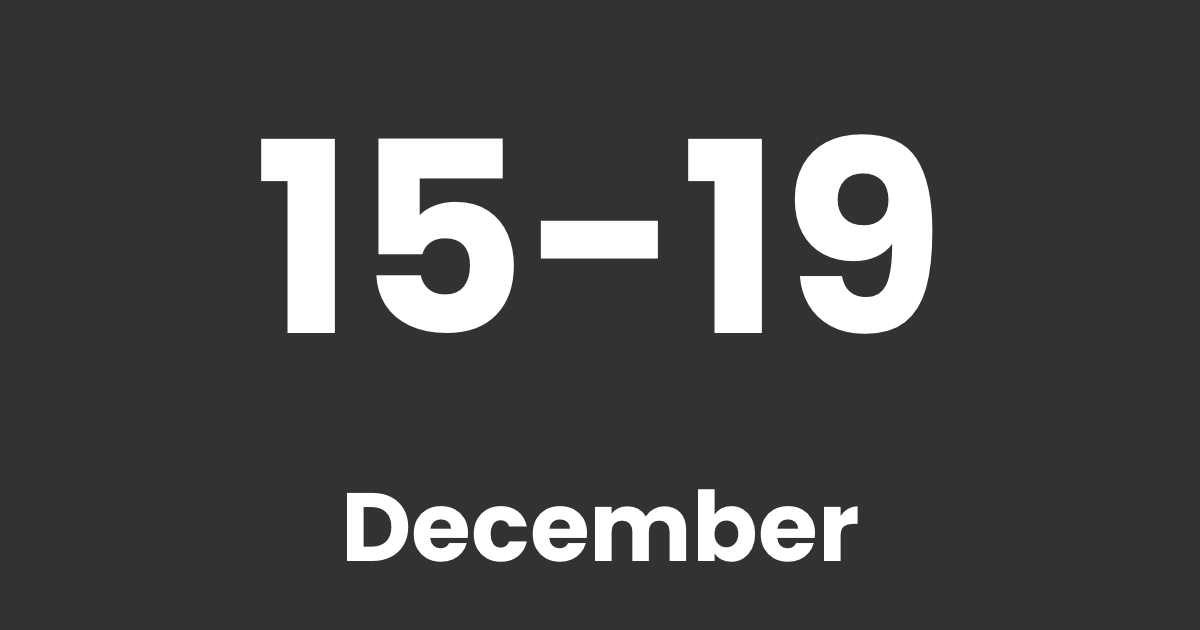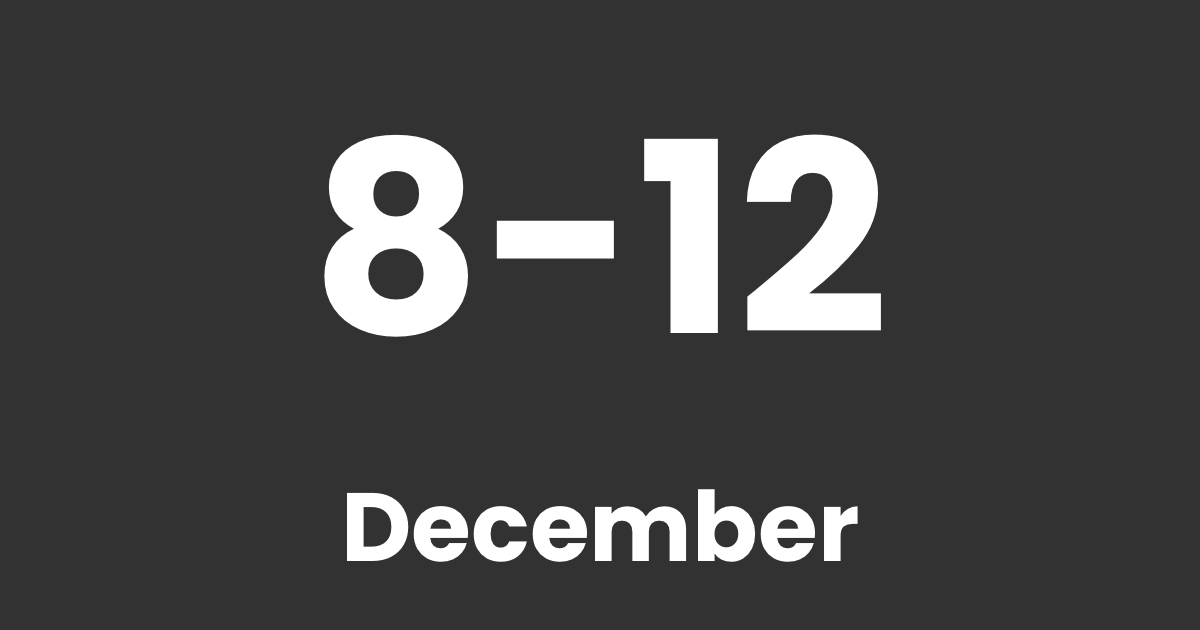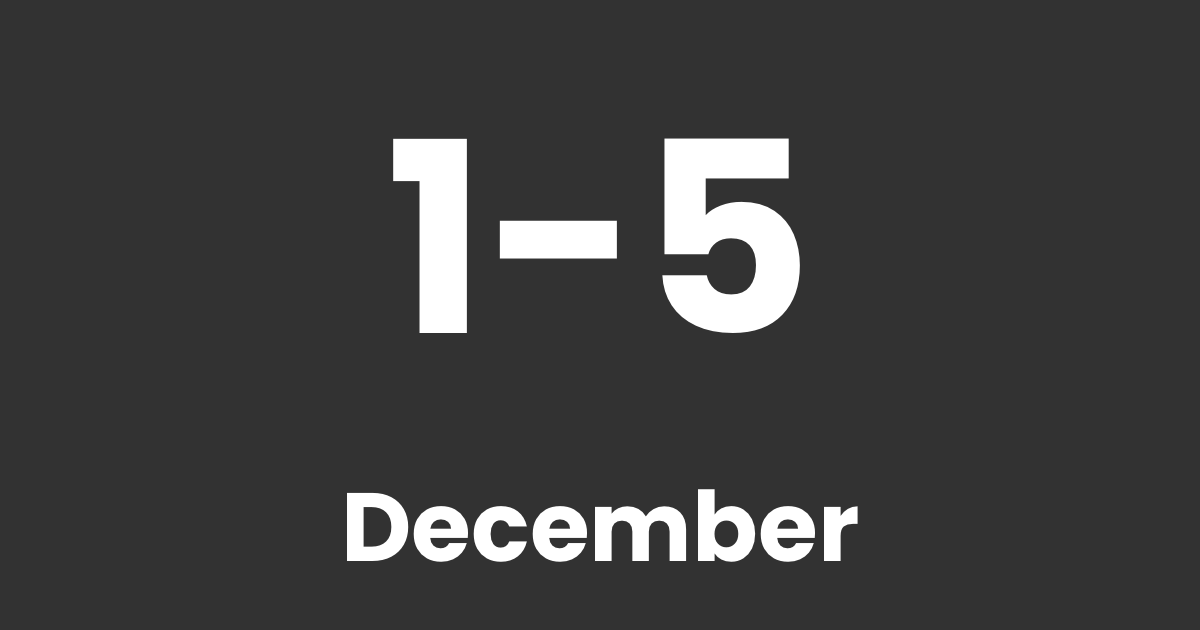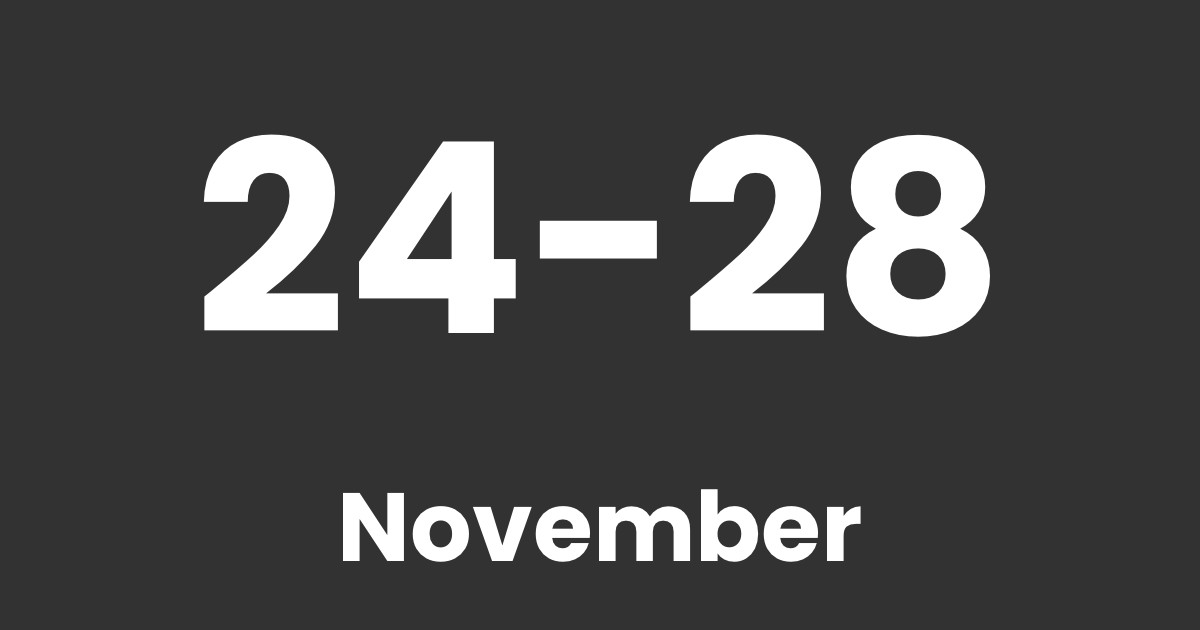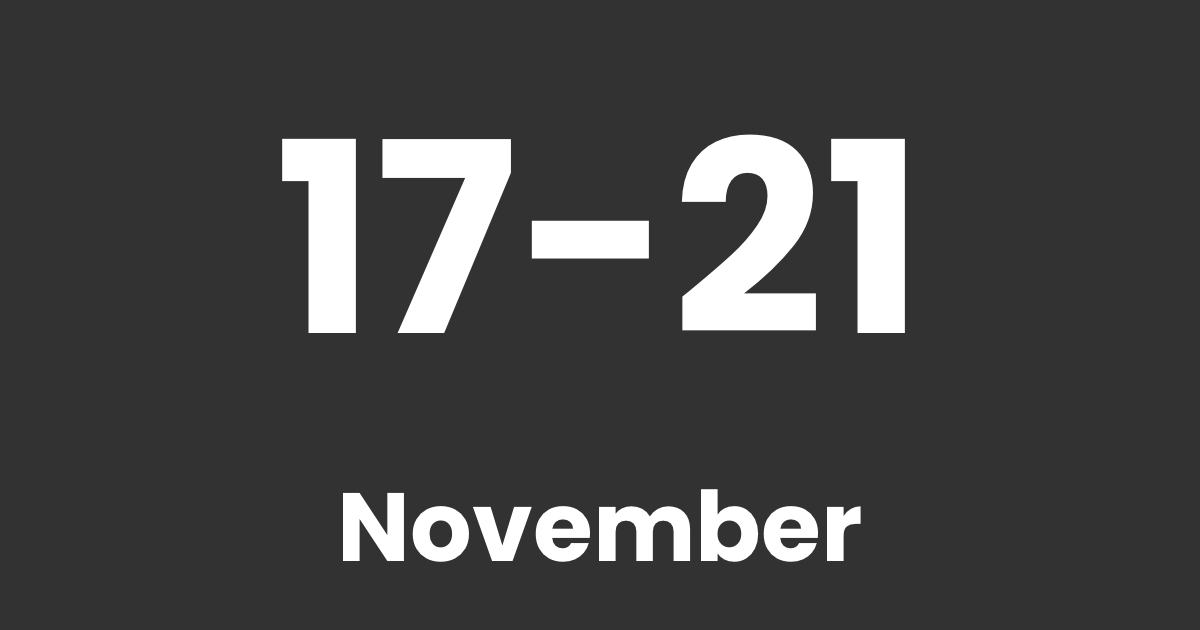The Japanese economy is set for moderate growth, helping the Bank of Japan (BOJ) continue with a tightening monetary policy that would otherwise choke the economy. As leading global economies measure the next steps for monetary easing, the BOJ is marching to the beat of its drum, providing numerous opportunities in the Asian currency market.
Daiwa Securities predicts Japan's real GDP growth of 0.7% for the fiscal year 2024, 1.3% in 2025, and 1.1% in 2026. This continued expansion at a controlled pace stems from improving household incomes, government stimulus measures, and a strong labor market. Still, the investment bank is aware of external risks, including geopolitical uncertainties, President Donald Trump’s administration policies, and fluctuations in the Japanese Yen (JPY), the third largest global currency.
Balanced Growth: Consumer Spending And Capital Expenditures
Private consumption remains at the front of Japan’s economy. Despite rising prices, households adjusted, supported by the strong labor markets. Real wages grew for five consecutive quarters as price competition forced firms to offer incentives to retain top talent.
The spring wage negotiations indicate an average increase of 6.09%- the strongest gains in three decades.
Firms invest heavily in automation, digital transformation, and green technologies to offset labor shortages, thus driving capital expenditures. Japan’s aging workforce has made this trend essential, while government incentives for AI and semiconductor development further encourage business investment. Still, geopolitical risks surrounding the U.S. and stricter policies on China could impact Japan’s supply chains, prompting the private sector to exercise caution.
BOJ To Hike Further Till 2027
Daiwa expects the BOJ, which raised interest rates to 0.5% in January 2025, to continue gradually tightening monetary policy. It sees the BOJ raising rates to 0.75% by July 2025, with additional hikes of 0.25 percentage points every six months, reaching 1.5% by early 2027.
The aforementioned wage growth and rising input costs will likely sustain inflationary pressures, prompting the BOJ to plan hikes. However, the central bank must be careful; otherwise, it risks overtightening, which could stifle growth.
JPY remains the focus for investors and policymakers. After a sharp decline in 2024 and a summer rally that caused a spectacular carry-trade blowup, it somewhat stabilized at around 150 per dollar. However, analysts warn that if the yen weakens beyond 170 per dollar, it could trigger inflationary pressures and force the BOJ to raise rates more aggressively than planned.
Diverging Monetary Policy Creates Opportunities
BOJ's policy diverges from that of other large central banks like the Federal Reserve or the European Central Bank, which are already lowering interest rates. If the trend persists, diverging approaches will create an opportunity to invest in JPY, an advantage in the unstable geopolitical environment, as Japan's currency has traditionally been a safe haven, and somewhat correlated with the US dollar in that regard.
The Swiss National Bank already cut the interest rate from 1% to 0.5% in December, with Reuters reporting that the market expected the rate to go below 0%. If this scenario materializes, it is realistic to expect that the CHF/JPY pair might undo some of its 45% gain in the last five years.
The pair has been forming a descending triangle pattern on the weekly chart. As price moves toward the apex, this pattern will likely resolve before summer, potentially triggering a bigger move - 500 percentage-in-points (pips) or more.

CHF/JPY Weekly Chart, Source: Trading View
The Monetary Authority of Singapore (MAS) is yet another institution to follow, as the Singapore Dollar has gained over 60% against the JPY since its bottom in 2020.

SGD/JPY Weekly Chart, Source: Trading View
As MAS ponders rate cuts, the difference in rate policies could see this pair decline, possibly to the psychological barrier level of 100, which would undo the last leg of the rally since 2023.
Note: Any opinions expressed in this article are not to be considered investment advice and are solely those of the authors. Singapore Forex Club is not responsible for any financial decisions based on this article's contents. Readers may use this data for information and educational purposes only.


